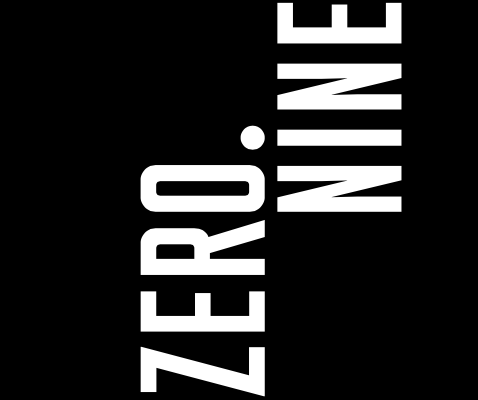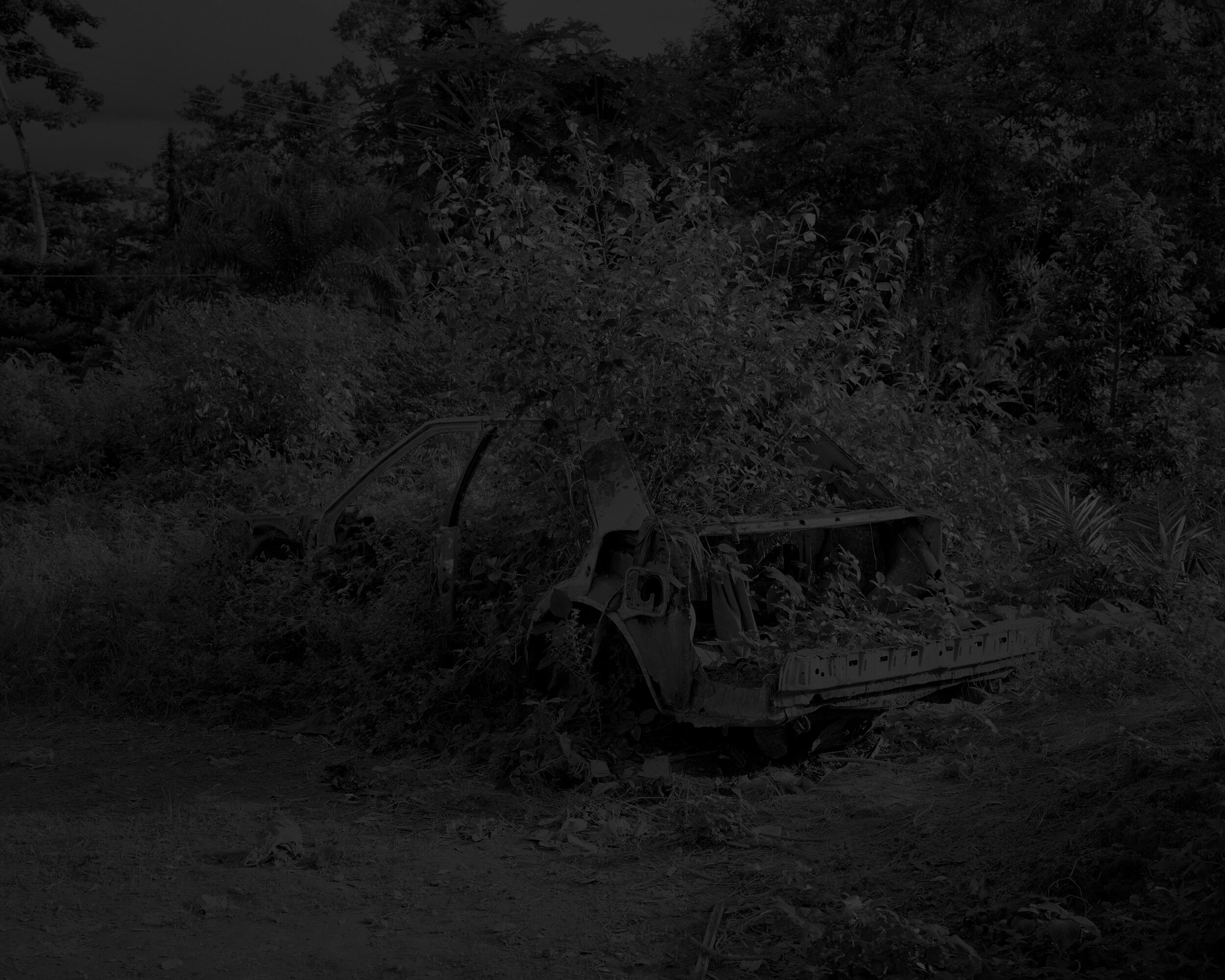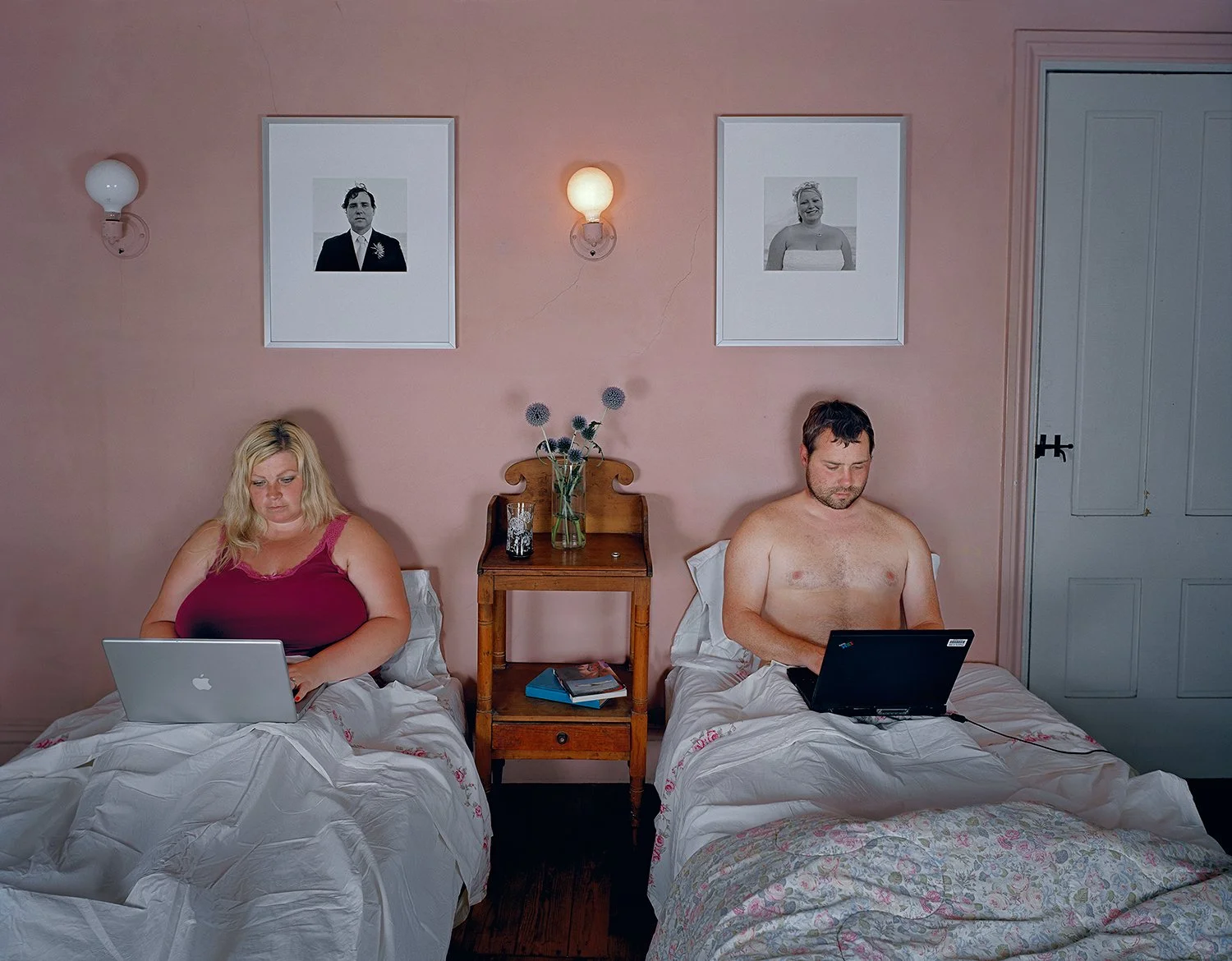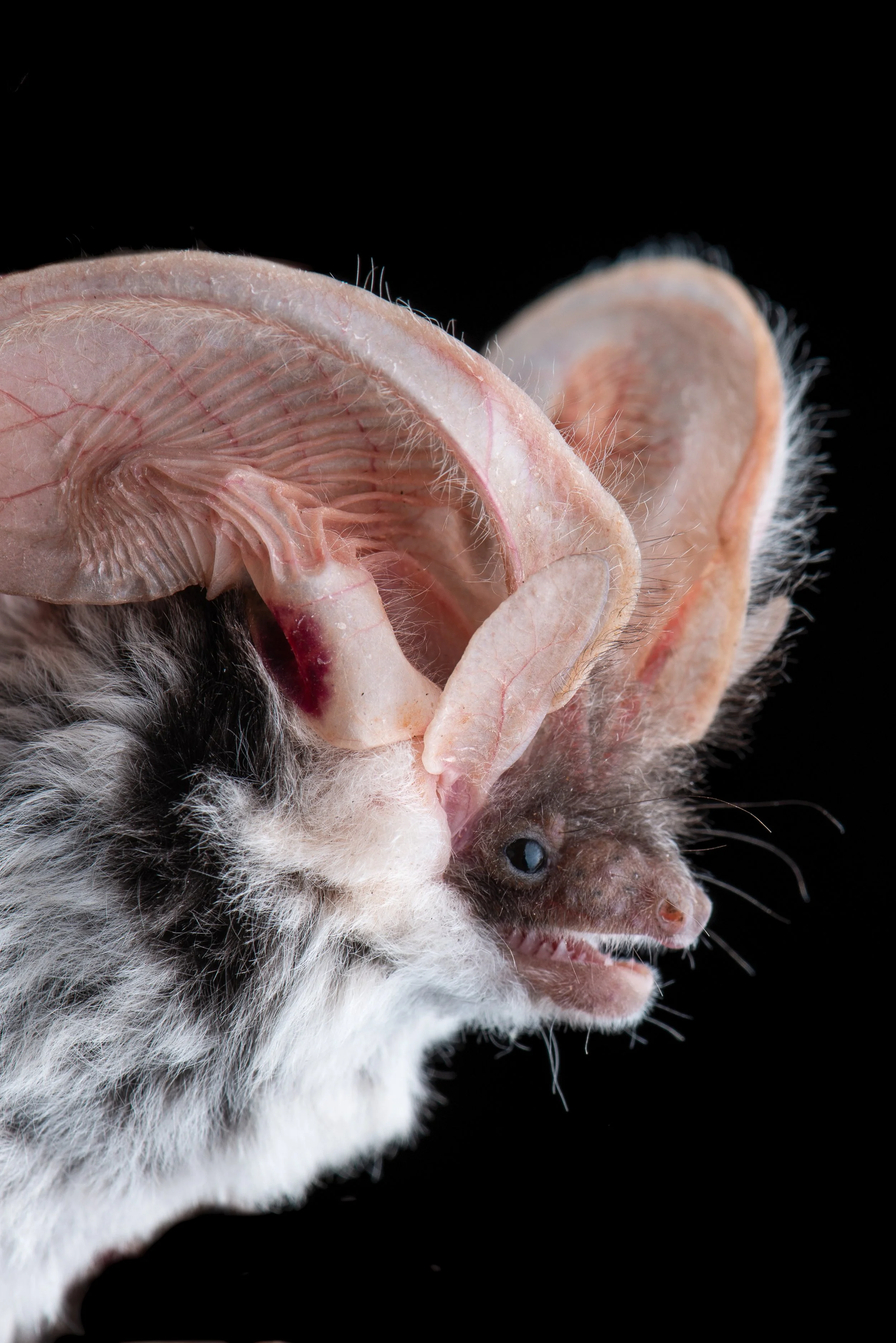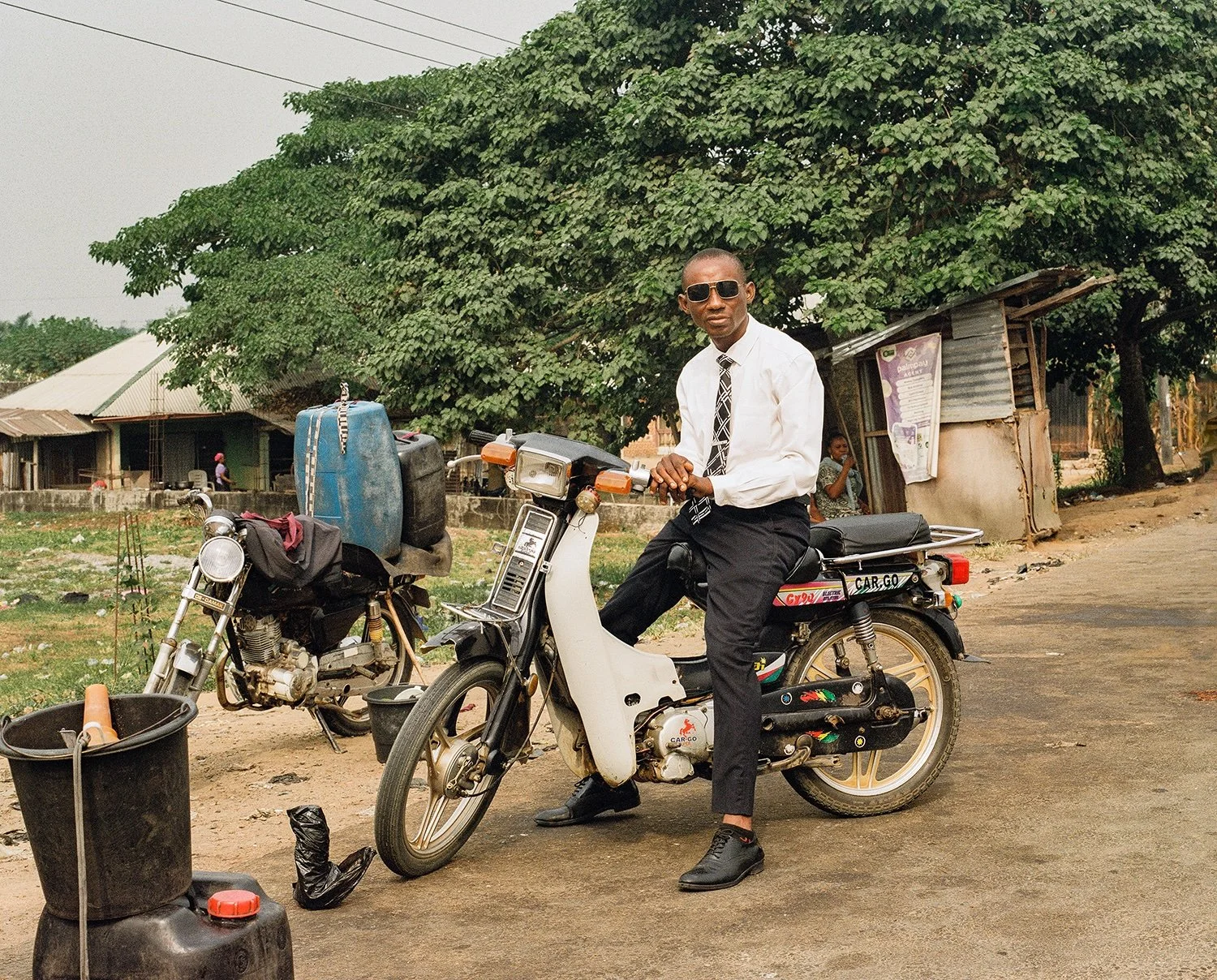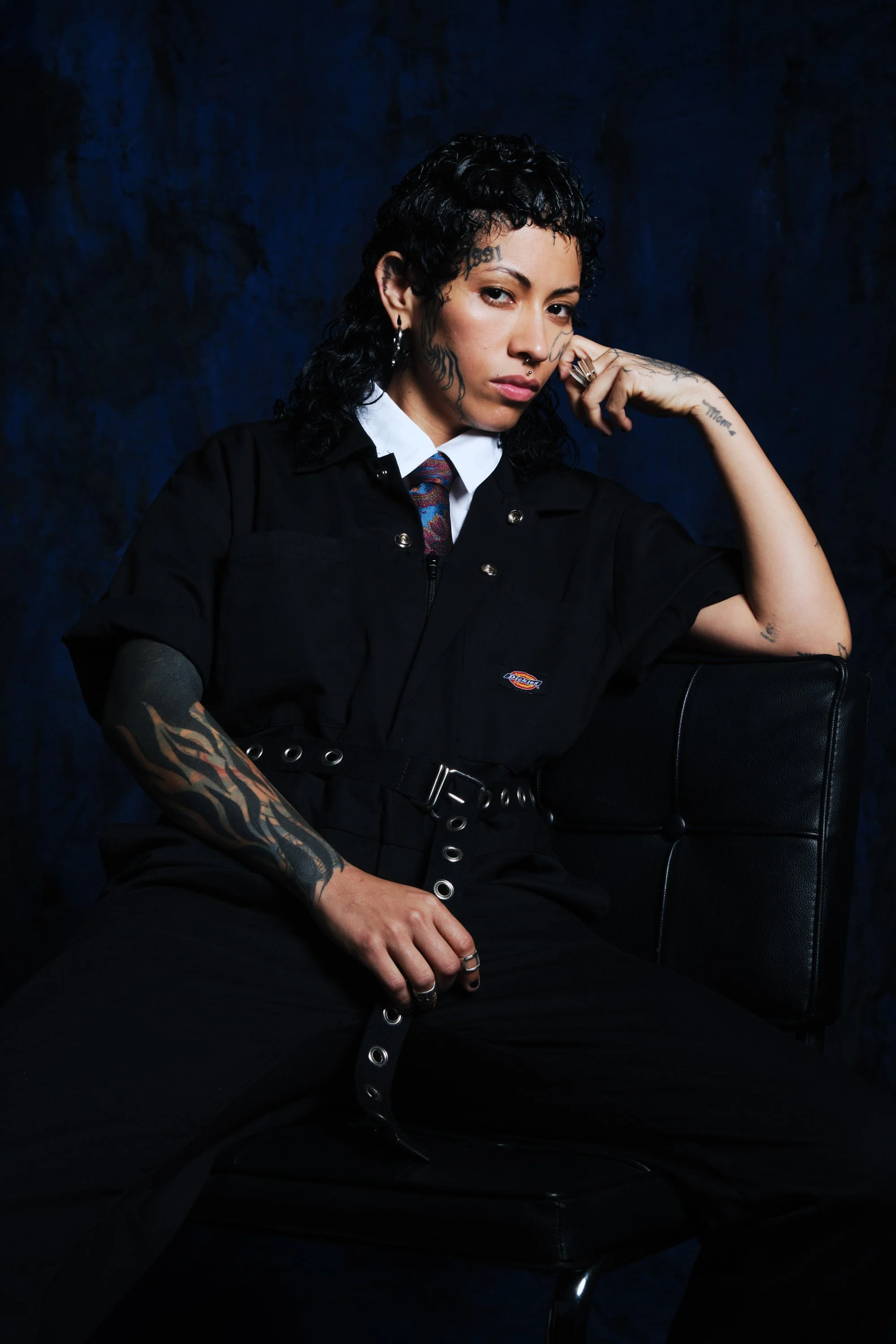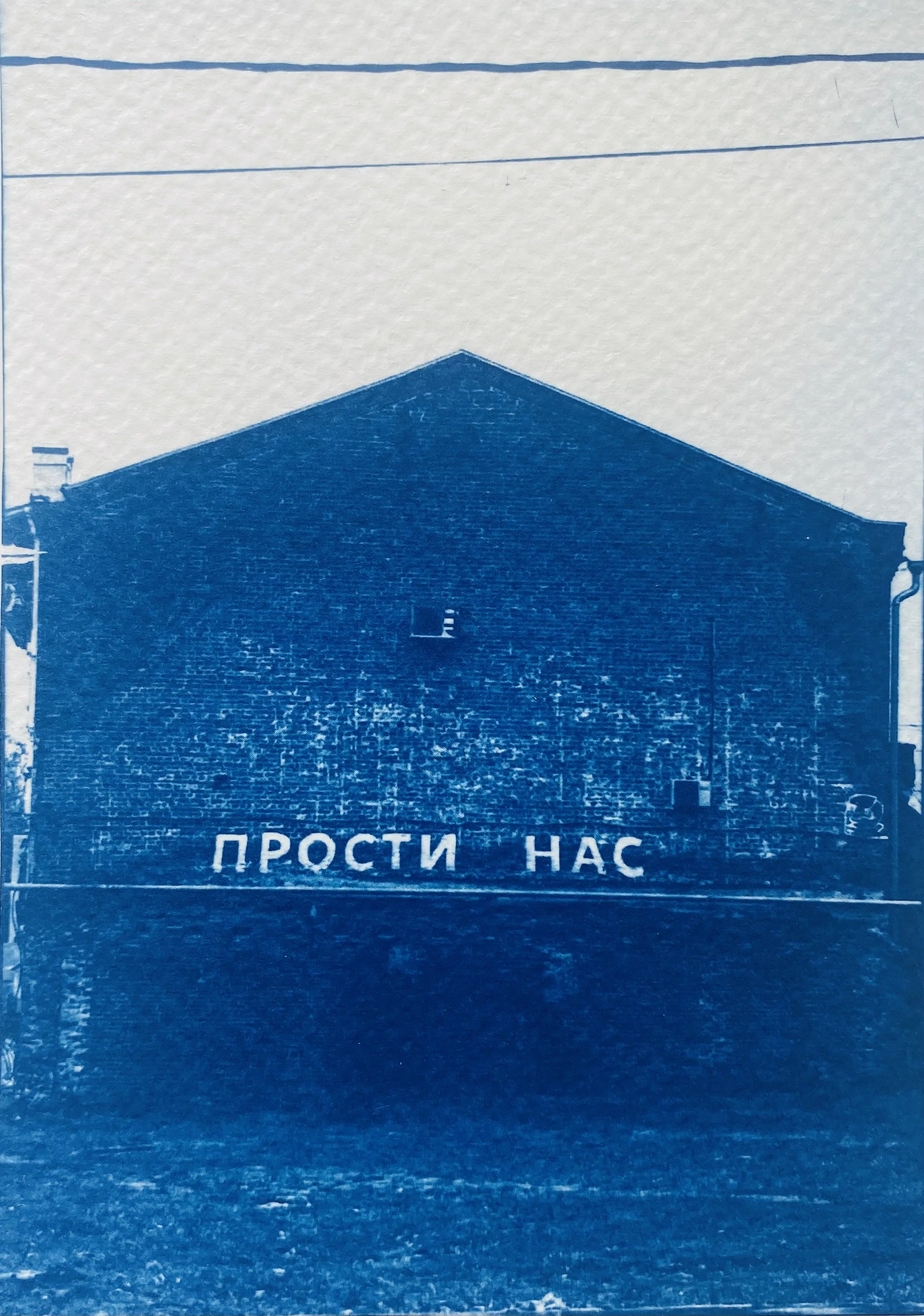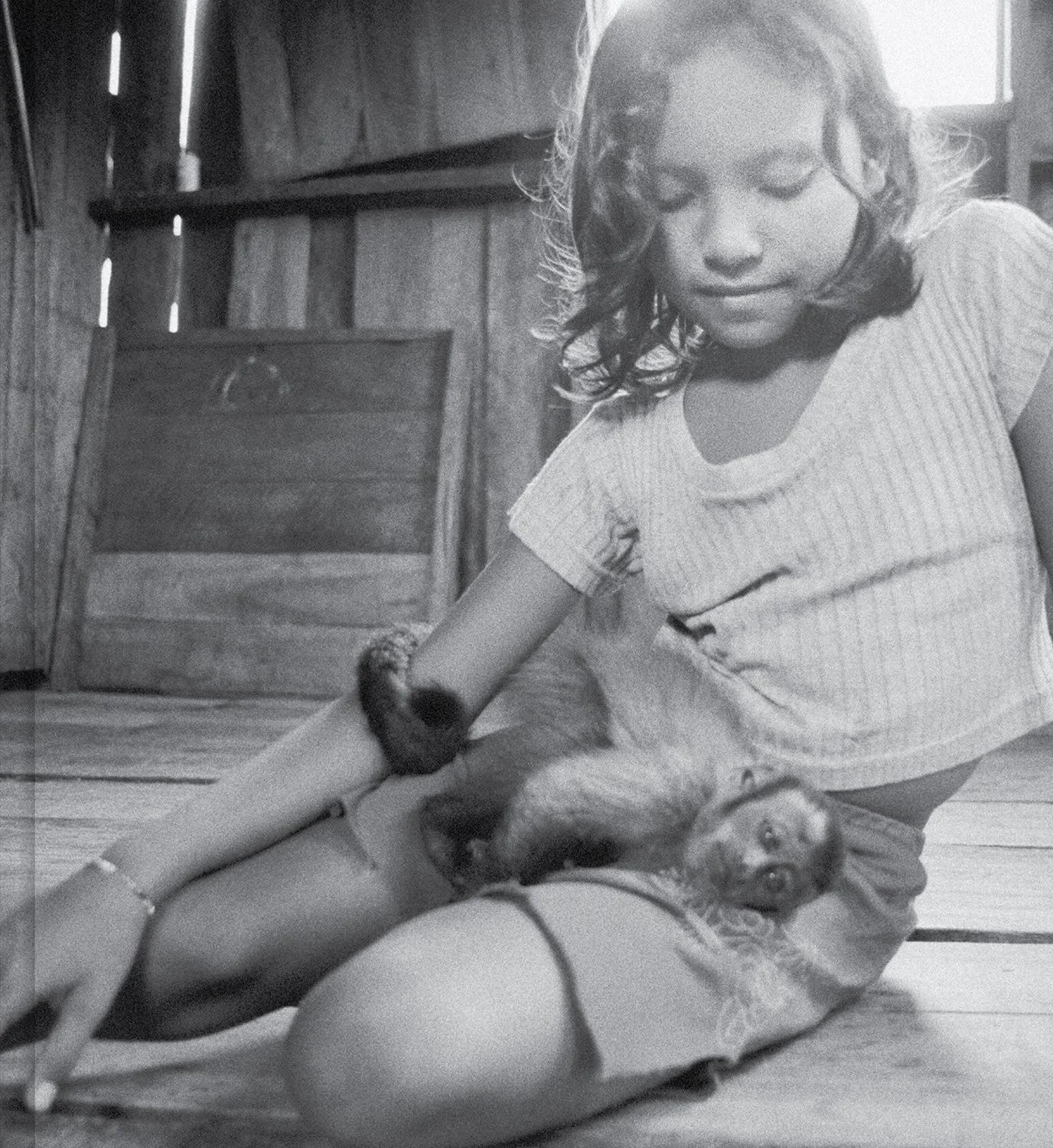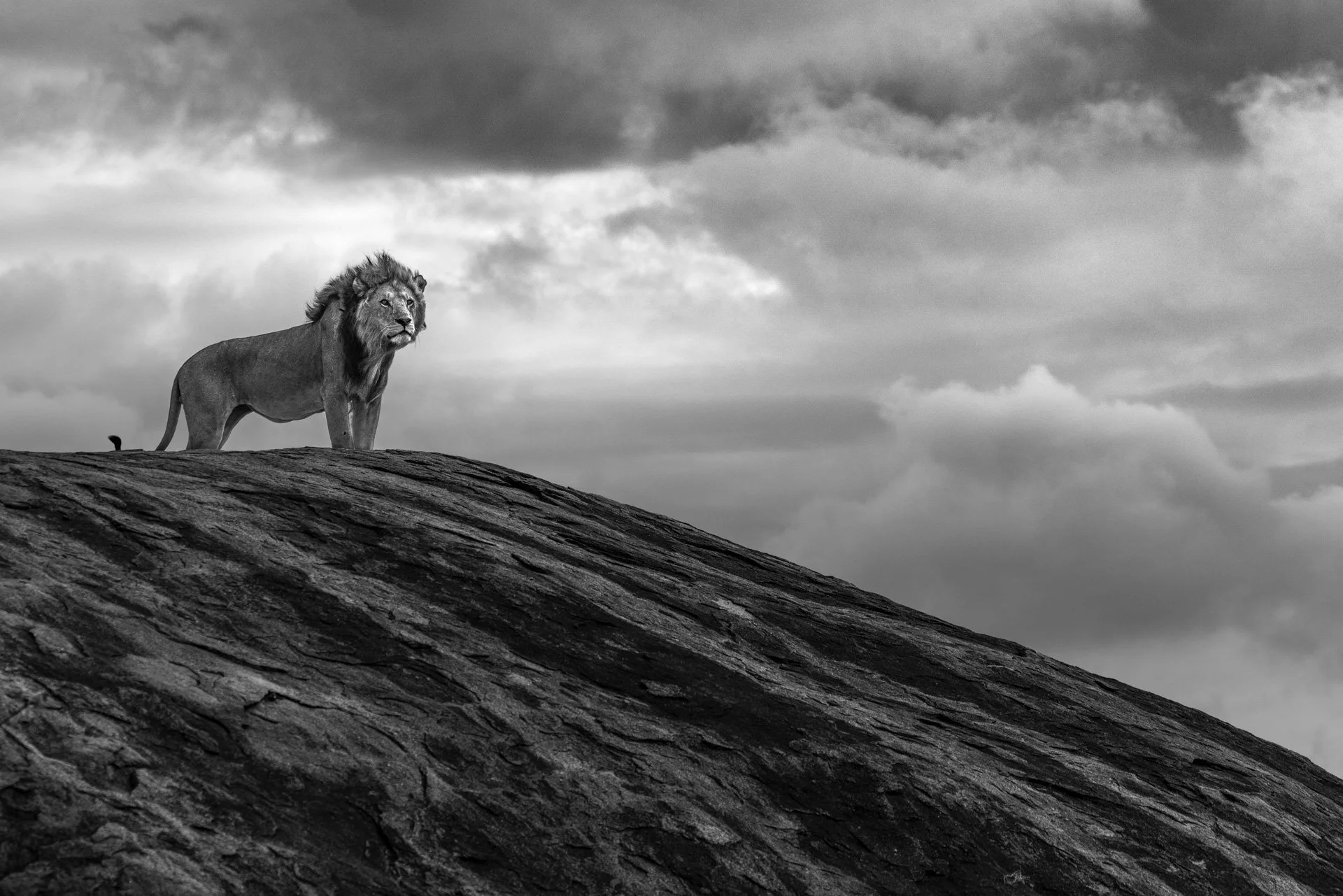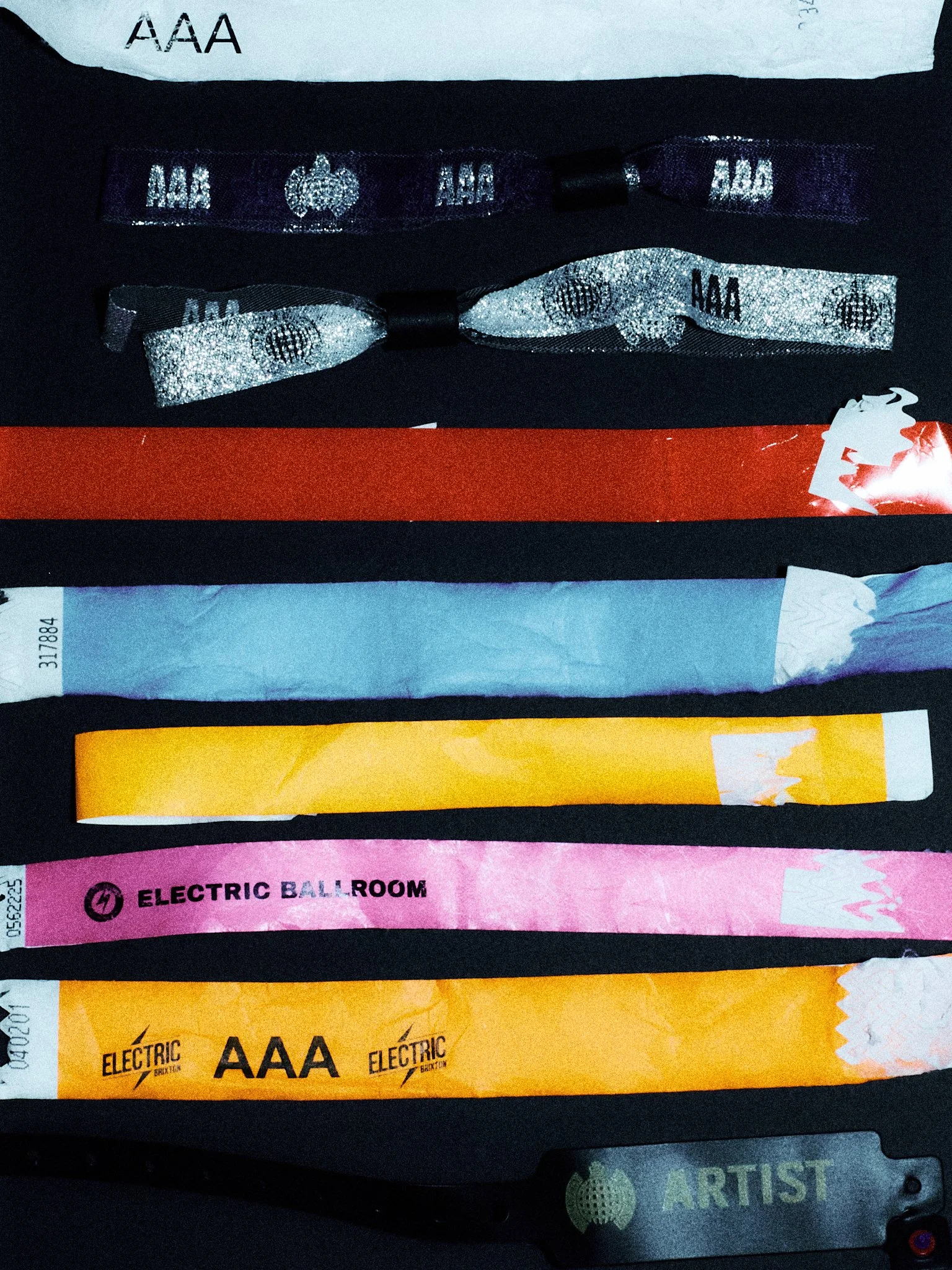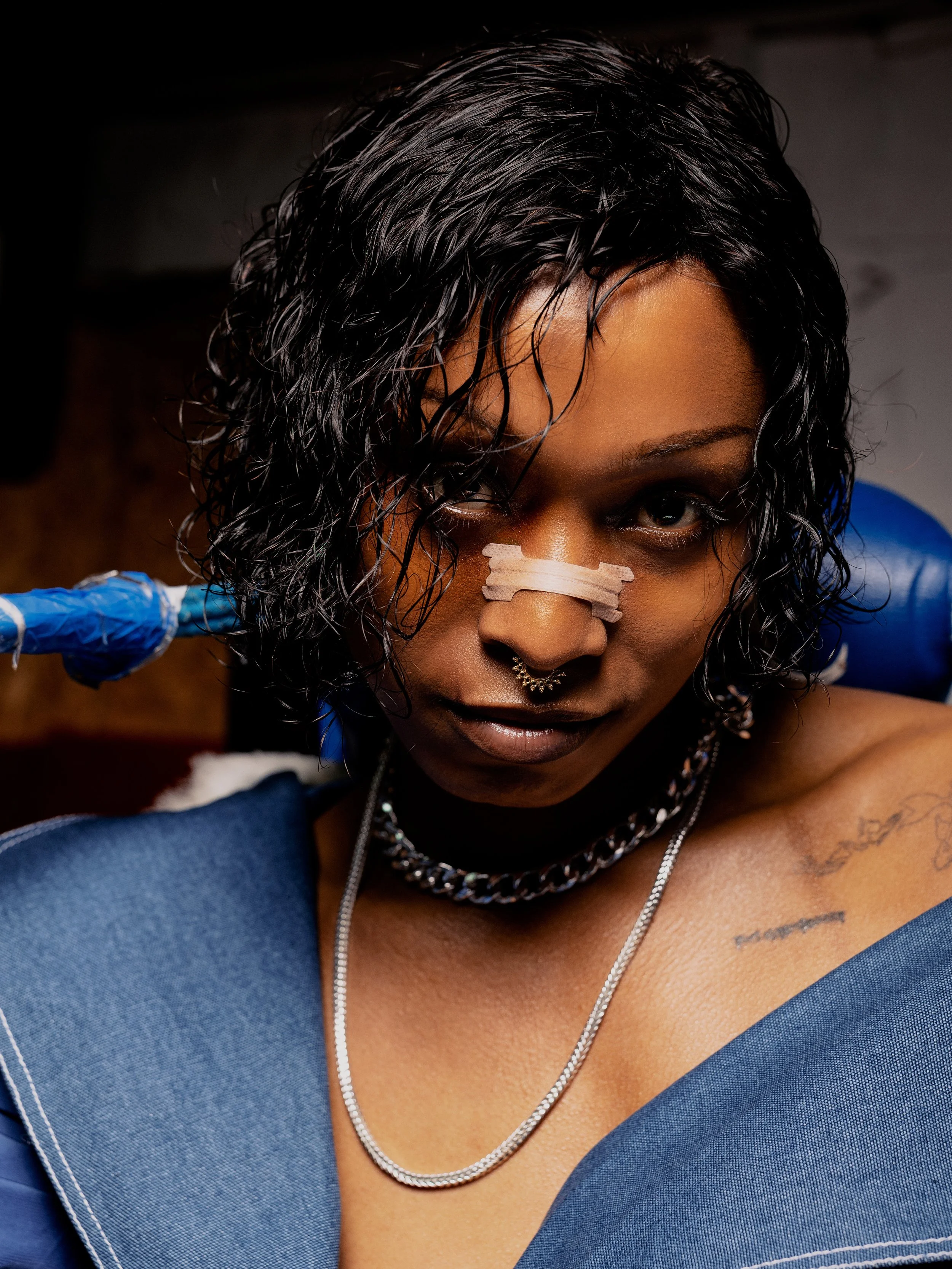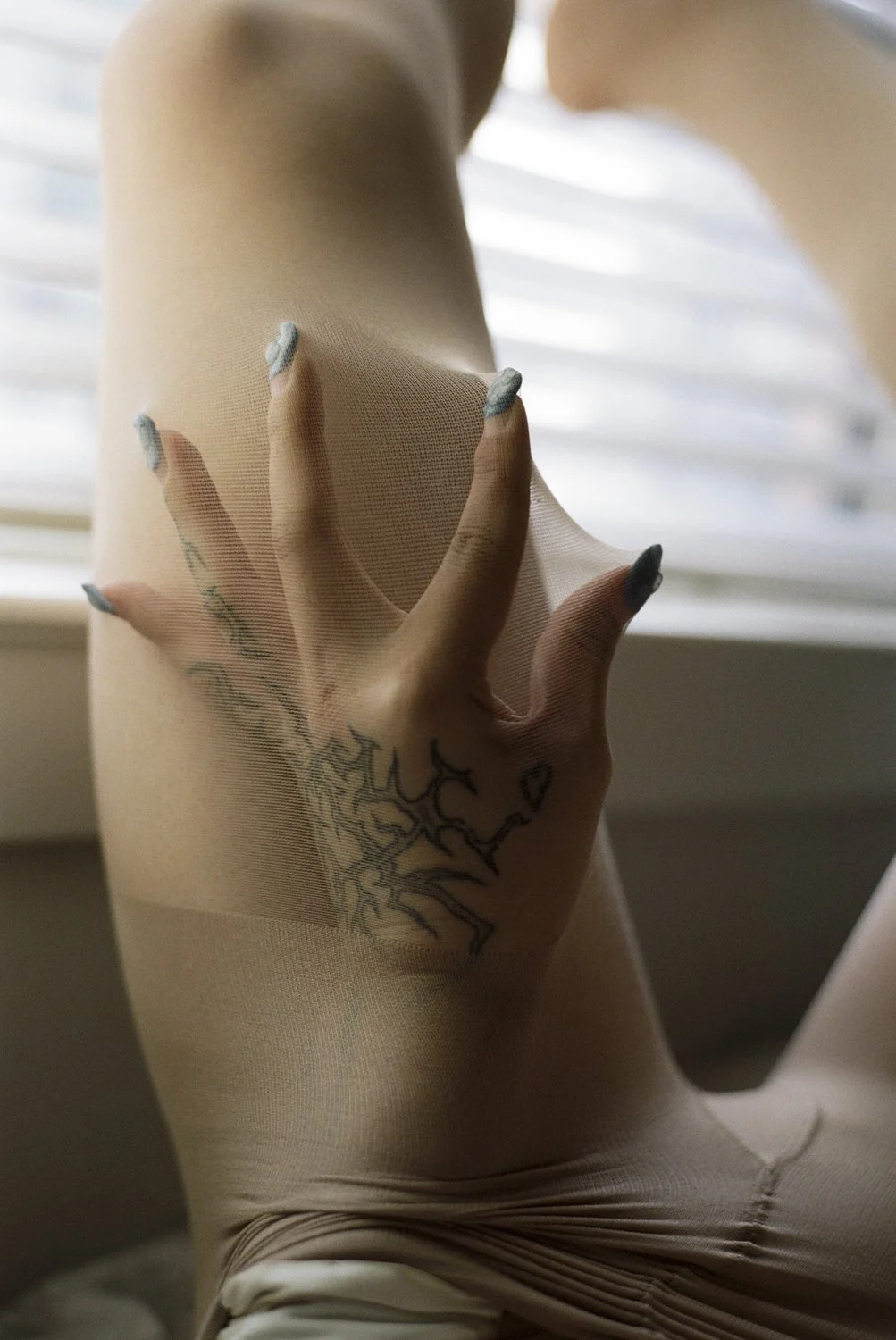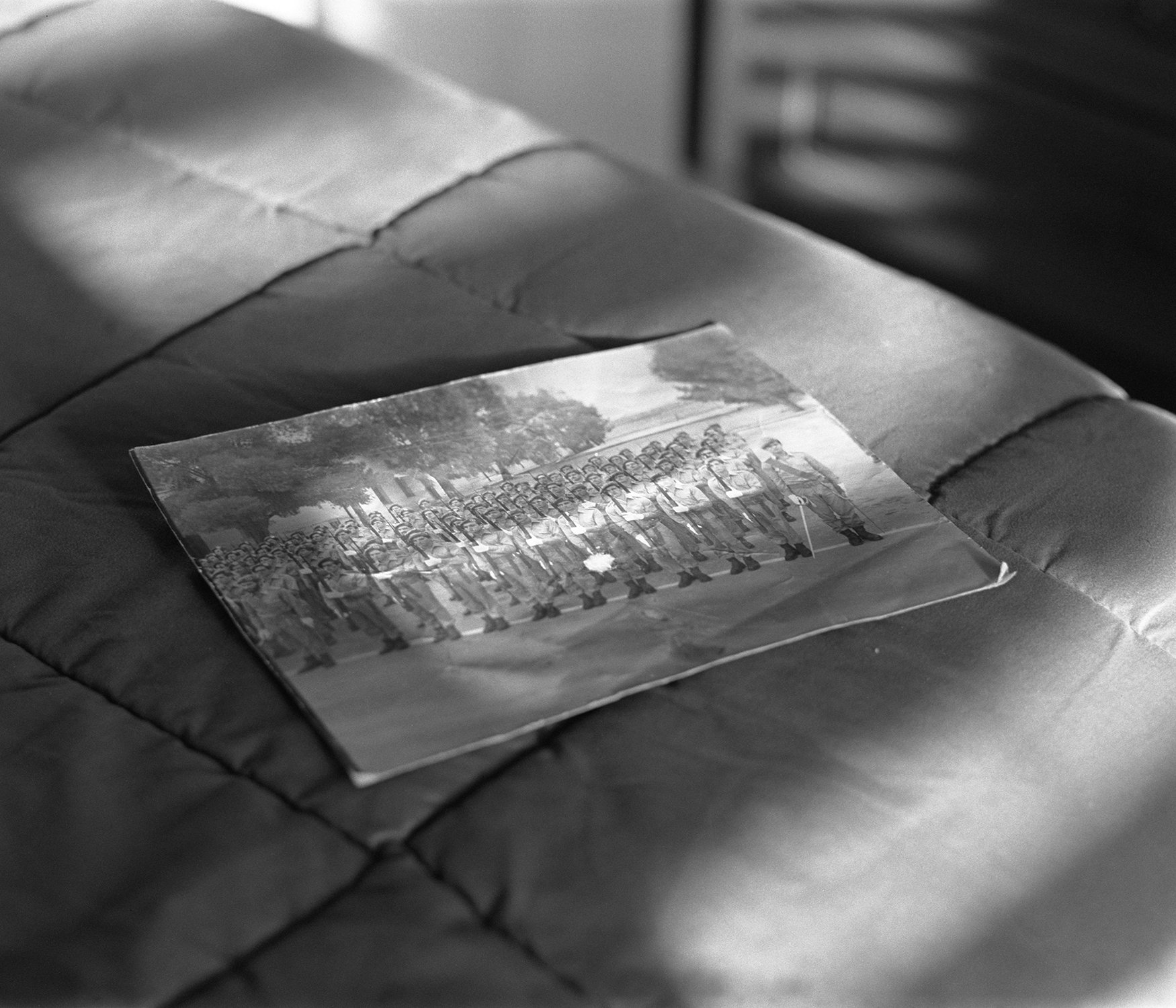Reaching for Dawn
We talk to Elliott Verdier about his latest photo book, Reaching for Dawn, which bears witness to a post-civil war Liberia in which war and violence has resulted in unresolved trauma between civilians.
All images by Elliott VerdierHi Elliott, thank you so much for talking to us about your latest project ‘Reaching for Dawn’.
Thank you for having me.
How did you become aware of the long-lasting impact the Civil War has on the population of Liberia to this day? It’s far away from where you grew up in Paris. What made you decide to investigate more and subsequently travel there to take pictures?
This is a question I often get, and I still don’t really remember what first drove me to Liberia. I had an imagination around this region and the conflicts that took place there, but little about the aftermath. In my work, I explore topics I have grown passionate about : collective memory, generational transmission and shared resilience. I knew very quickly that I would be touched by this story.
Have you been to Liberia before? How do you even start to plan a project like this? Did you set out on a planned route and how has this changed over the course of the project?
I made a first trip to Liberia without taking any pictures. I wanted to confront the images that I had seen with the reality that I perceived on the field. These three weeks allowed me to discover the country, to travel its roads, to hear its history from those who lived it. This was essential for me to build the project afterwards, its aesthetics and its narration.
You took pictures over a two year period. How many visits did you make during that time and when did you decide that you were done?
I actually made the pictures during 2019, on two trips. The first trip I wrote earlier about was in 2018, it really allowed me to project myself, to know how much time I would need, where to go, but also how many films I would use. After making the images, there was a long process of scanning, retouching and editing. I finished just as the pandemic started, around march 2020.
When working on a project like this, gaining the trust of local people is vital for its success. How did you find and connect with them? Did you find yourself in difficult or even dangerous situations?
It is indeed. It is one of the many reasons I work with a large format camera. With such a device, it is impossible to steal a picture, you have to approach people, explain your project, the reason you’re here. There is an obligatory dialogue. And it's important to me that the people who appear in the series pose with full awareness. It's even stronger to know that all the faces we see are silent calls for justice, for recognition.
I've been in dangerous situations, but never because of the subject matter. I have been in places that are known to be dangerous, where many are under the influence of drugs, but for the simple reason that the most damaged people today are very often those who have not been rehabilitated after the war. It was too important to the subject to skip.
“With such a device (Large Format Camera), it is impossible to steal a picture, you have to approach people, explain your project, the reason you’re here. There is an obligatory dialogue.”
Were people surprised when you explained why you were taking pictures? What kind of reactions did you get?
Everyone was willing to talk about what happened during the war, and that's what surprised me on my first trip. It could take more or less time. That's one of the reasons why I decided to record 14 people in a studio, 7 former perpetrators and 7 victims. It is to allow these people to express their story through their voice, their words, their intonation, their breathing. It's a story that we haven't heard much, that we have even ignored. The need of the population for a social recognition of the drama is crying, it is even vital to overcome the trauma and build a collective memory.
Some areas of Liberia can be very remote and difficult to reach. How did you travel across the country, through the jungle, with your equipment? Which camera(s) and what equipment did you bring? What was the biggest challenge?
I only had my large format camera with 300 4x5 films, and that was the challenge. Liberia has some very remote places and with my budget, I couldn't afford to rent a 4x4. So I transported the camera in bush-cabs or motorcycles. It took a lot of hits, but fortunately it's solid.
And I had a few scares. One dark night when it was raining like crazy, there were three of us on a motorcycle with the driver, the friend who was assisting me, and the equipment. We fell twice in the mud in the middle of the jungle. We didn't know where we were or what time it was. There were bags everywhere, I thought everything was ruined.
“The need of the population for a social recognition of the drama is crying, it is even vital to overcome the trauma and build a collective memory.”
What was the most fascinating place you visited in Liberia?
Difficult to pick one. Maybe Slipway Community, near Monrovia. During the rainy season, this village at the edge of the delta is filled with water. The inhabitants have built wooden footbridges, narrow and fragile, allowing them to move around. It is very big, a real Venice.
“I'm usually pretty obsessed with the projects I'm working on, I rarely sit at a table and think about them, it's more like a constant presence.”
Editing is such an important part of the process to tell the story and bring your vision to life. The final book has over 150 pages and features more than 60 photographs. How many pictures did you take overall and how did you approach the editing process?
I'm usually pretty obsessed with the projects I'm working on, I rarely sit at a table and think about them, it's more like a constant presence. For "Reaching for Dawn", I spent many nights building the story lying in bed waiting for a sleep that never came. And I think that is all part of editing. I’ve spent countless hours to figure out what I wanted to say, and how. This is what allows me to work more serenely on the field, with a direction.Working in large format already imposes to do some kind of editing during the shooting. It forces to think about the image so much that you often eliminate the images I make in my head beforehand. Having a clear direction allows you to do that.
I made around 250 photographs. After scanning and retouching, I of course ask some people around me to help on things with fresh eyes. I have to admit that it's hard to let someone interfere with a project that you've been thinking about night and day for two years. But it's necessary.
I would like to thank here those who helped me with their wise eyes.
Thank you. We can’t wait to see the printed book in person.
Thanks to you, I hope you will be touched by this story.
‘Reaching for Dawn’ is available to pre-order now from Dunes Editions
About Elliott
Elliott Verdier is a documentary photographer. He grows up influenced by a « classical » photojournalism culture, but quickly questions his position as a witness and the subjectivity of his images. His work naturally steers away from hot news and favors the slowness of the large format camera. Driven by themes such as memory, generational transmission and resilience, he surveys territories and photographs with a certain intimacy, and dignity, the people who inhabit them.
In 2017, he completed his first long term project, ‘A Shaded Path’, in Kyrgyzstan. He was helped by the French National Center for Visual Arts in 2019 for his second major project ‘Reaching for Dawn’, in Liberia.
Elliott Verdier also collaborates with the press, especially with the New York Times, but also Le Monde Magazine and Vogue Italia.
Elliot was born in Paris (France) in 1992.
Visit Elliott’s website or follow him on Instagram to see more of his work.
